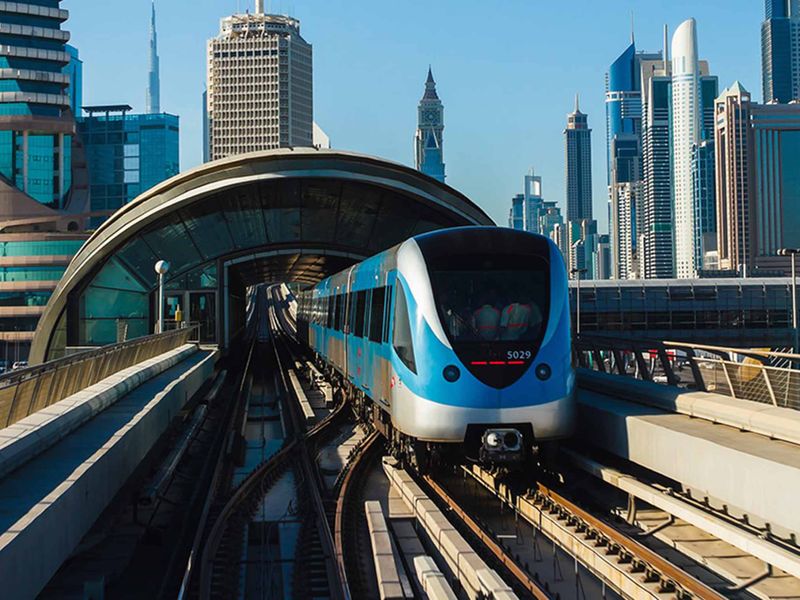
Highlights
- Dubai has mostly looked to raise capital by means of private placements and bilateral loans.
- It last sold a sukuk in 2014.
- Prospectus accompanied Dubai’s planned offering of bonds and Islamic securities on Monday (September 1)
- It showed the government’s outstanding direct debt stood at Dh123.5 billion ($33.6bn) as of June 30
- That’s about 28 percent of 2019's GDP
Dubai made a rare foray into public bond markets, revealing along the way that its debt burden is now a lot smaller than estimated by analysts only months ago.
A prospectus that accompanied Dubai's planned offering of bonds and Islamic securities on Monday showed the government's outstanding direct debt stood at 123.5 billion dirhams ($33.6 billion) as of June 30.
That's about 28% of last year's gross domestic product, according to the document seen by Bloomberg.
In a report last September, S&P Global Ratings put the government's direct debt at $65 billion, equal to 56% of 2018 GDP. Bank of America Corp. in May said it reached an estimated 65.6% of GDP in the first quarter of this year, from 47% in 2011, and warned it was "likely to increase further."
A dearth of timely statistics has made it hard to get an accurate read on the state of Dubai's economy and finances, and the emirate's absence from markets hasn't helped.
Unlike Gulf neighbours that increasingly opted to issue public debt in recent years, Dubai has mostly looked to raise capital by means of private placements and bilateral loans.
It last sold a sukuk in 2014.
Dubai's Department of Finance didn't immediately respond to a request for comment.

The disclosure in the bond prospectus fell short of providing the full picture on the emirate's liabilities, saying "there is no official information on either the aggregate amount or maturity profile of the indebtedness" of Dubai's government-related entities, or GREs.
S&P analysts last year estimated GRE debt at about $59 billion, equal to 52% of 2018 GDP. Moody's Investors Service has said that Dubai's GRE debt is concentrated in aviation and real estate, according to an April report.
Dubai Expo 2020 delayed
As Dubai detailed its financial information, it also offered a glimpse into how government finances adjusted to the disruptions caused by the coronavirus.
The economy is heavily dependent on tourism, trade and retail, sectors hardest hit by the emergency. The global pandemic forced Dubai to delay this year's World Expo.
The government revised this year's budget revenue to 44.2 billion dirhams, according to the prospectus, down more than 30% from what it originally envisaged.
It also decreased its projected expenditure to 56.2 billion dirhams for 2020, leaving a deficit of 11.9 billion dirhams.
Revenue from value-added tax was also revised lower to 9.4 billion dirhams from 11.7 billion initially budgeted for 2020. The levy generated 11.4 billion dirhams in revenue last year.
Dubai owes a total of $20 billion to the Abu Dhabi government and the UAE central bank, an amount it used to support strategic entities that required financial assistance.
The Dubai government's debt also includes more recent borrowing to fund the expansion of airports as well as infrastructure needed to host the city's planned Expo.
It put Dh7.3 billion into Dubai's flagship airline, Emirates, since the coronavirus pandemic brought global air travel to a near halt in March.








